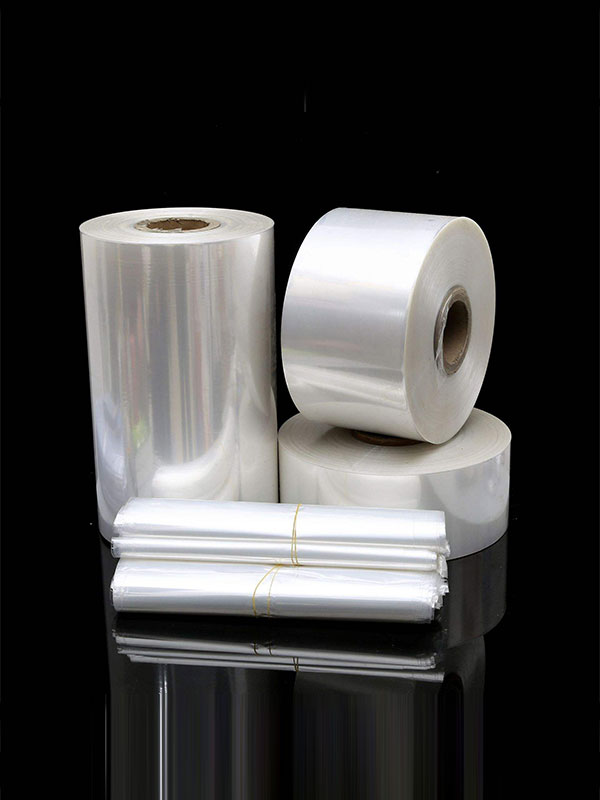POF shrink film has emerged as a versatile packaging material renowned for its robust properties and environmental benefits. Its widespread adoption in various industries, particularly in food packaging, hinges significantly on its compatibility with automated packaging machinery. This capability underscores its efficiency and suitability for modern production environments seeking streamlined operations.
Automated packaging machinery, ranging from shrink wrap machines to high-speed automated lines, demands films that can seamlessly integrate into their processes without compromising efficiency or product quality. POF shrink film meets this criterion admirably due to several key factors. Firstly, its uniform thickness and consistent mechanical properties ensure smooth operation through automated systems, minimizing downtime and optimizing throughput. This reliability is crucial in maintaining high production rates and meeting stringent packaging standards.
Advantages such as high shrinkage rates and excellent clarity further enhance its appeal in automated settings. When subjected to heat, POF shrink film tightly conforms to product contours, creating a secure, tamper-evident seal that not only protects but also enhances product presentation. This shrinkage capability is essential in achieving tightly wrapped packages that are both aesthetically pleasing and functional, crucial for retail displays and consumer appeal.
Moreover, the inherent seal strength of POF shrink film ensures reliable closure, preventing leaks or contamination, which is vital in food packaging applications where product safety and hygiene are paramount. Its antistatic properties reduce dust attraction during handling and packaging, maintaining cleanliness on production lines and ensuring a pristine appearance of packaged goods.

Considerations when using POF shrink film with automated machinery include understanding the film's optimal operating parameters such as temperature settings for shrink tunnels or heat sealers. Ensuring compatibility with specific machinery configurations and adjusting settings accordingly can maximize efficiency and minimize waste. Additionally, factors such as film thickness and width should be selected based on the dimensions and weight of packaged products to achieve optimal shrinkage results and cost-effectiveness.
In conclusion, POF shrink film stands out as an ideal choice for automated packaging machinery due to its reliable performance, compatibility, and ability to enhance operational efficiency. Its technological advancements in biaxially stretched co-extrusion have positioned it as a preferred option in industries requiring high-quality, sustainable packaging solutions. As automation continues to redefine manufacturing processes, POF shrink film remains at the forefront, meeting the evolving demands of modern packaging environments with precision and effectiveness.

 English
English 中文简体
中文简体 Español
Español






